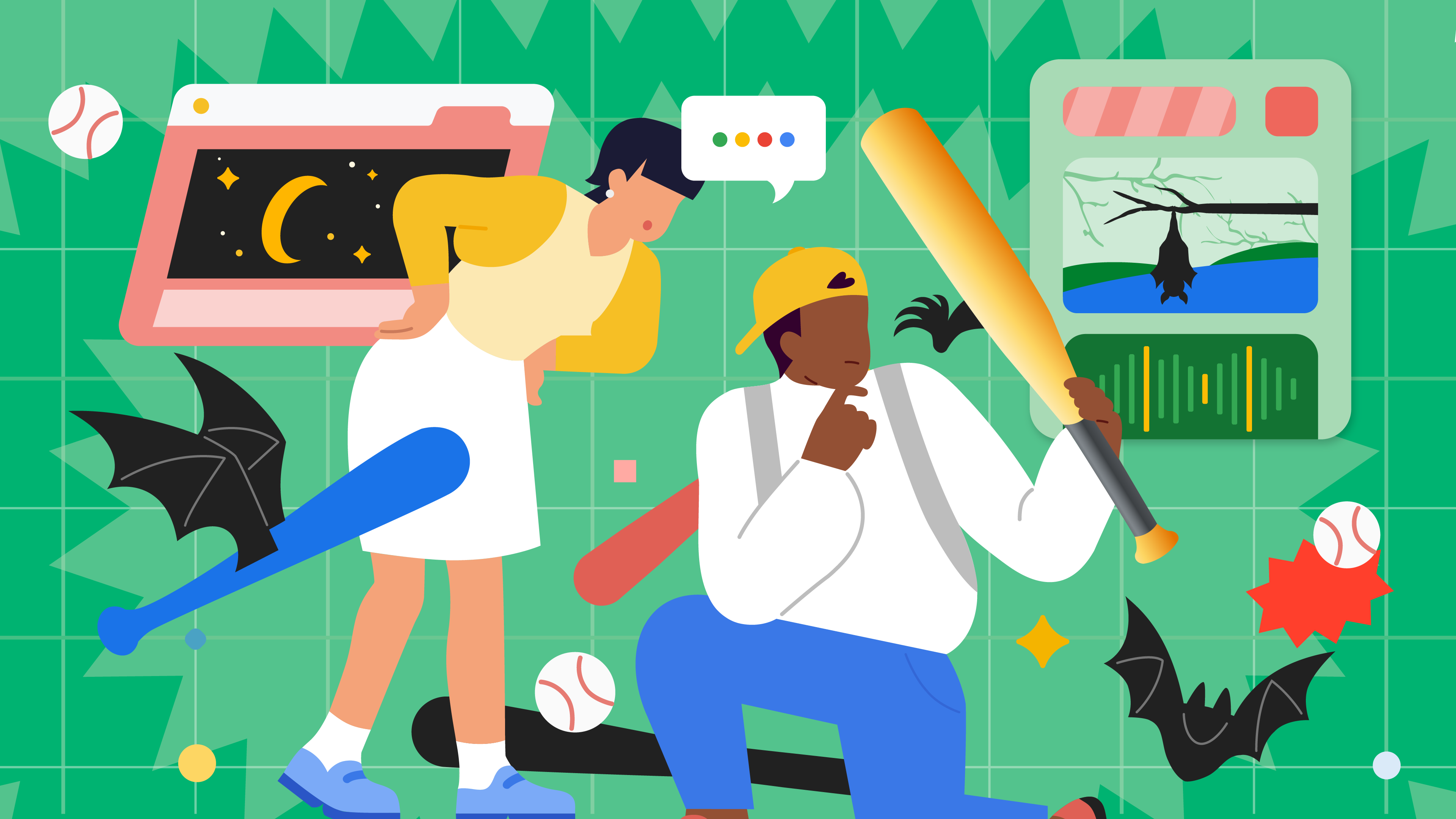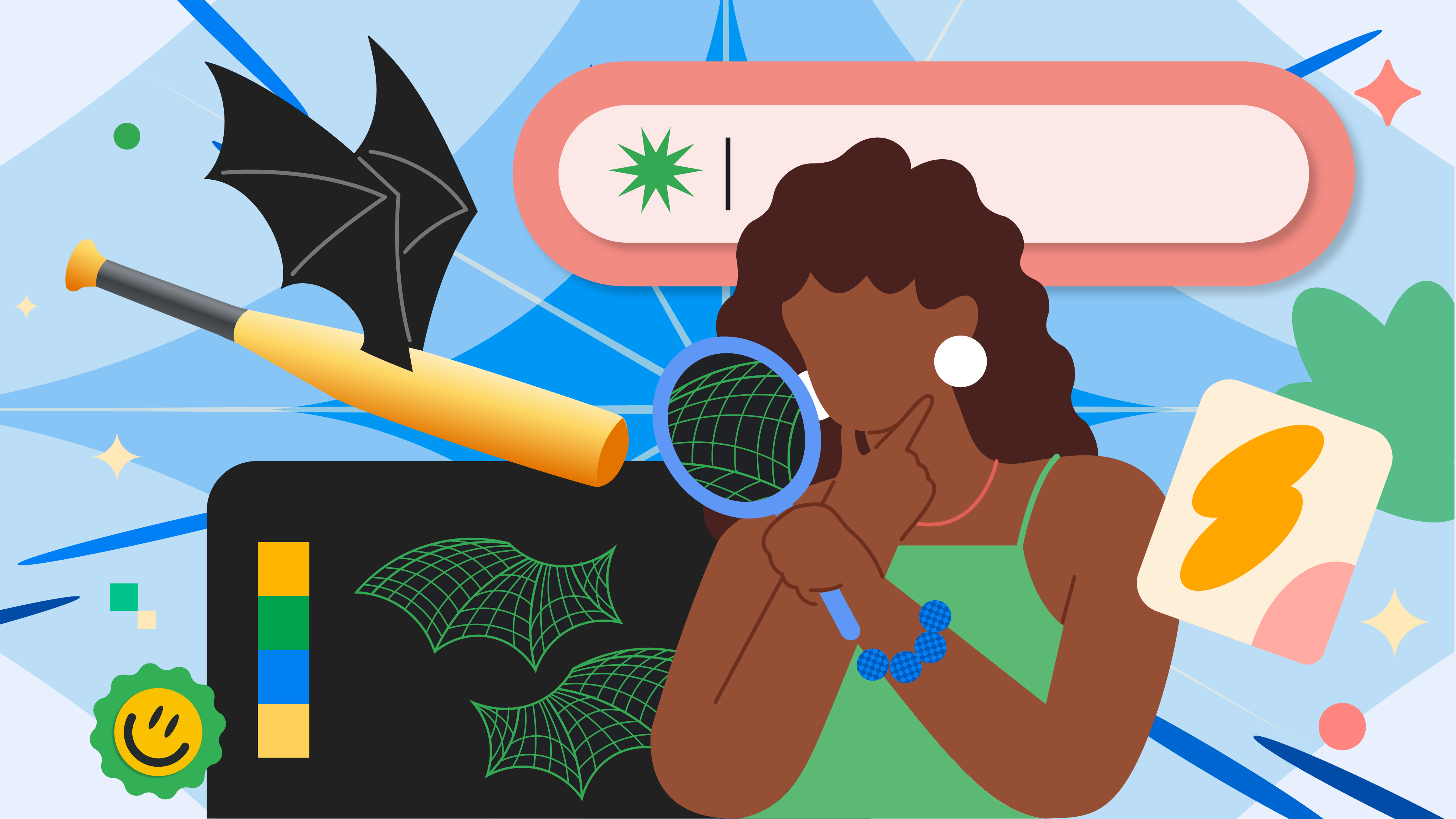Generative Artificial Intelligence (AI) is a type of AI that can help you create content. It can help you be more creative, productive, and knowledgeable.
In this article, you can learn about generative AI, including:
- What generative AI is and how it works
- How to use generative AI and evaluate the accuracy of its responses
- How Google develops AI
What is generative AI
Generative AI is a type of machine learning model. Generative AI is not a human being. It can’t think for itself or feel emotions. It’s just great at finding patterns.
In the past, AI was used to understand and recommend information. Now, generative AI can also help us create new content, like images, music, and code.
Machine learning models, including generative AI, learn through a process of observation and pattern matching known as training. For a model to understand what a sneaker is, it’s trained on millions of photos of sneakers. Over time, it recognizes that sneakers are objects that humans wear on their feet with laces, soles, and a logo.
The model can use training to:
- Take an input like “Generate an image of sneakers with a goat charm.
- Connect what it’s learned about sneakers, goats, and charms.
- Generate an image, even if it hasn’t seen an image like that before.
Generative AI and Large Language Models (LLMs) are part of the same technology. Generative AI can be trained on any type of data, but LLMs use words as their main source of training data.
Experiences powered by LLMs, like Gemini and AI Overviews, can predict words that might come next based on your prompt and the text it’s generated so far. They’re given flexibility to pick probable next words that match patterns they get from training. This flexibility lets them generate creative responses.
If you prompt them to fill in the phrase “Harry [blank],” they might predict the next word is “Styles” or “Potter.”
How to use generative AI
Important: Google’s experiences powered by generative AI can help you start the creative process. They’re not meant to do all the work for you or be the creator.
Here are 3 ways that you can use generative AI:
- Brainstorm your creative ideas. For example, get help writing a prequel to your favorite movie.
- Ask questions that you didn’t think could be answered. Like, “Which came first, the chicken or the egg?”
- Get an extra boost of help. Ask it to suggest a title for a story you’ve written, or get help identifying the species of an animal or insect in an image.
As you explore, create, and learn new things with Generative AI, it's important to use it responsibly. For details, review our Generative AI Prohibited Use Policy.

Because generative AI is experimental and a work in progress, it can and will make mistakes:
- It may make things up. When generative AI invents an answer, it's called a hallucination. Hallucinations happen because unlike how Google Search gets information from the web, LLMs don't gather information at all. Instead, LLMs predict which words come next based on user inputs.
- For example, you might ask, “Who’s going to win women's gymnastics at the 2032 Brisbane Summer Olympics?" and get a response, even though the event hasn't happened yet.
- It may misunderstand things. Sometimes, generative AI products misinterpret language, which changes the meaning.
- For example, you may want to learn more about bats, the animal that lives in caves. If you ask for information about bats, it might tell you about the bats used in baseball, cricket, and softball.

Think critically about the responses you get from generative AI tools. Use Google and other resources to check information that’s presented as fact.
If you come across something that isn’t right, report it. Many of our generative AI products have reporting tools. Your feedback helps us refine the models to improve generative AI experiences for everyone.
How Google develops AI
To make sure we build tools that make the world better for everyone, we developed a set of AI principles in 2018. These principles describe our goals to develop bold technology that can tackle some of society's biggest challenges in a responsible way.
For example, we use AI to:
- Support efforts to curb climate change, like reducing stop-and-go traffic to lower vehicle emissions
- Predict or monitor natural disasters, like forecasting floods in more than 20 countries and tracking the real-time boundaries of wildfires
- Support healthcare innovations, like making tuberculosis screening more accessible and helping with early detection of breast cancer
Our principles also list areas we won’t pursue with AI, like technologies that cause overall harm or violate international law and human rights.
Check out our full list of AI principles.
Related resources